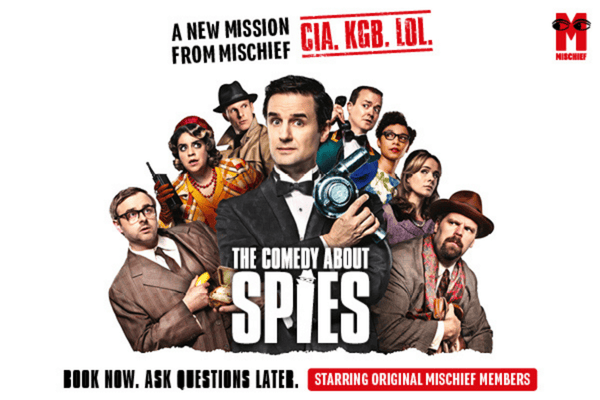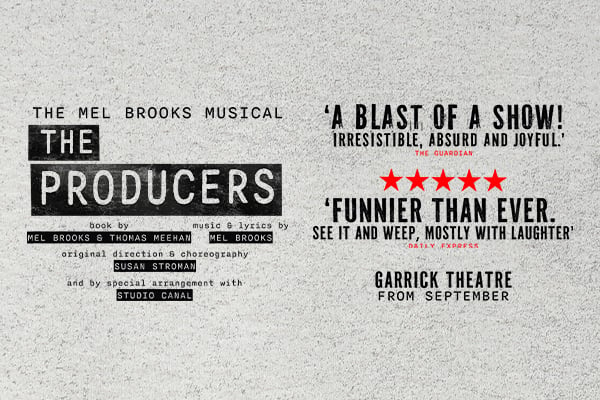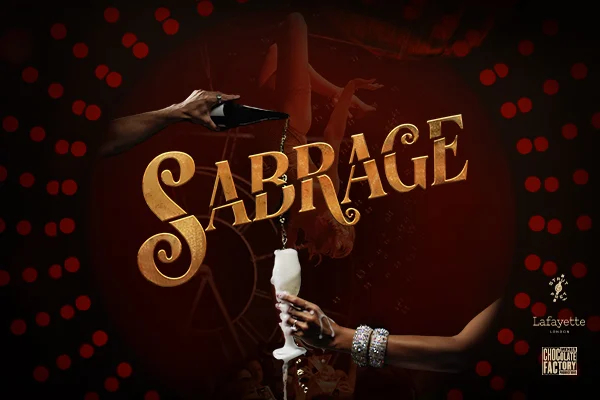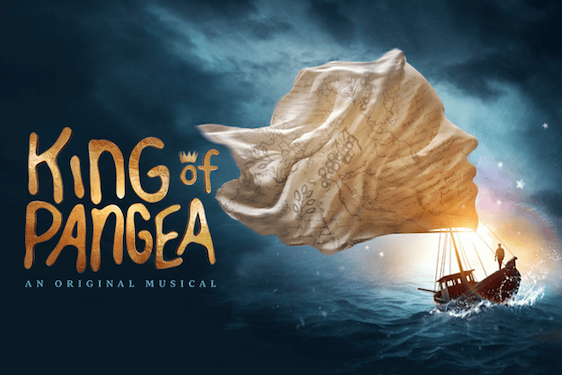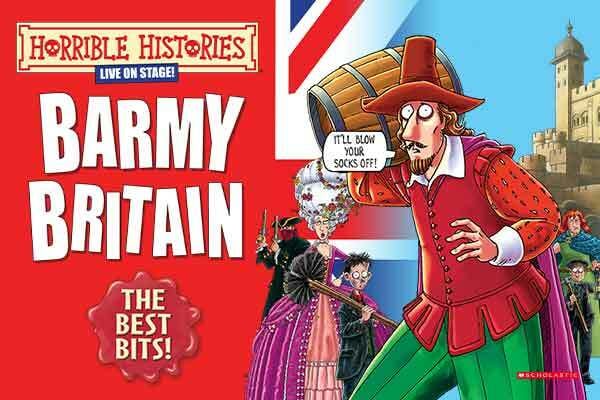Despite the unwieldy mouthful of a title, Captain Ferguson’s School For Balloon Warfare turned out to a be a surprisingly simple, sweet tale of an affable American officer trying to adapt hot-air balloon technology for military purposes during WWI. Captain Tom Ferguson made a charming storyteller, interacting directly with the audience as though they were his platoon of cadets, asking one man to demonstrate the SOS signal with two flags only to declare his attempt was more akin to ‘Help, I’m on fire’.
Though intended primarily for pre-teens, adults with an interest in US military history during the early 20th century may also find the play entertaining. Falling into neither of those categories, neither the twirling of Ferguson’s impressive moustache nor his battle strategy charts particularly amused me – but even so I warmed to the character’s idealism and passion, so was willing to invest in his story.
Hailing from Kansas, Captain Ferguson had been passionate about two things since he was young: the United States Army and flying. Building kites as a boy with a Chinese neighbour from his hometown, Ferguson found a dream that stayed with him throughout his adult life. The play follows his attempts to convince the military bureaucracy of his scheme, the training of his recruits, and the offensive in France.
With some meticulously constructed props, including a wartime transistor radio, and stunning multimedia effects projected onto the back wall the production was incredibly well-crafted aesthetically. The props were very effective in helping to tell the story, but were understated enough not to overwhelm the piece with flashy effects. The scene when Ferguson ascends in the balloon in front of a background of stars, talking quietly about the joy and peace he finds in flying, is both visually stunning and moving.
The show would be perfect for precocious history enthusiasts and also provides interest for parents. My sole complaint is that I felt the tragic denouement was unexpectedly dark, a little at odds with the playful, happy-go-lucky tone of the rest of the play.







